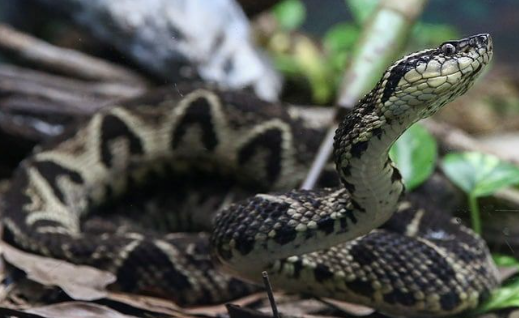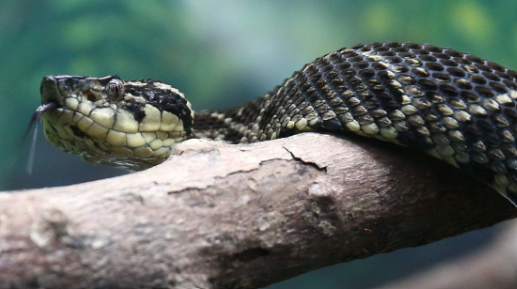
Researchers in Brazil have discovered that a molecule in the venom of a type of snake, the jararacussu pit viper, inhibited coronavirus reproduction in monkey cells. This finding has been hailed as a possible first step toward a drug to combat the virus causing COVID-19.
A study published in the scientific journal Molecules in the month of August 2021, found that the molecule produced by the jararacussu pit viper, inhibited the virus’s ability to multiply in monkey cells by 75%
“We were able to show this component of snake venom was able to inhibit a very important protein from the virus,” said Rafael Guido, a University of Sao Paulo professor and an author of the study
The molecule is said to be a peptide, or chain of amino acids, that can connect to an enzyme of the coronavirus called PLPro, which is vital to the reproduction of the virus, without hurting other cells

The researchers say the peptide can be synthesized in the laboratory making the capture or raising of the snakes unnecessary.
“We’re wary about people going out to hunt the jararacussu around Brazil, thinking they’re going to save the world … That’s not it!…It’s not the venom itself that will cure the coronavirus.” said Giuseppe Puorto, a herpetologist running the Butantan Institute’s biological collection in Sao Paulo.
According to a statement from the State University of Sao Paulo (Unesp) which was also involved in the research, researchers plan to move into evaluating the efficiency of different doses of the molecule and whether it is able to prevent the virus from penetrating cells in the first place; they hope to test the substance in human cells but a timeline is yet to be given
The jararacussu is one of the largest snakes in Brazil, measuring up to 6 feet (2 meters) in length. It lives in the coastal Atlantic Forest and is also found in Bolivia, Paraguay, and Argentina.